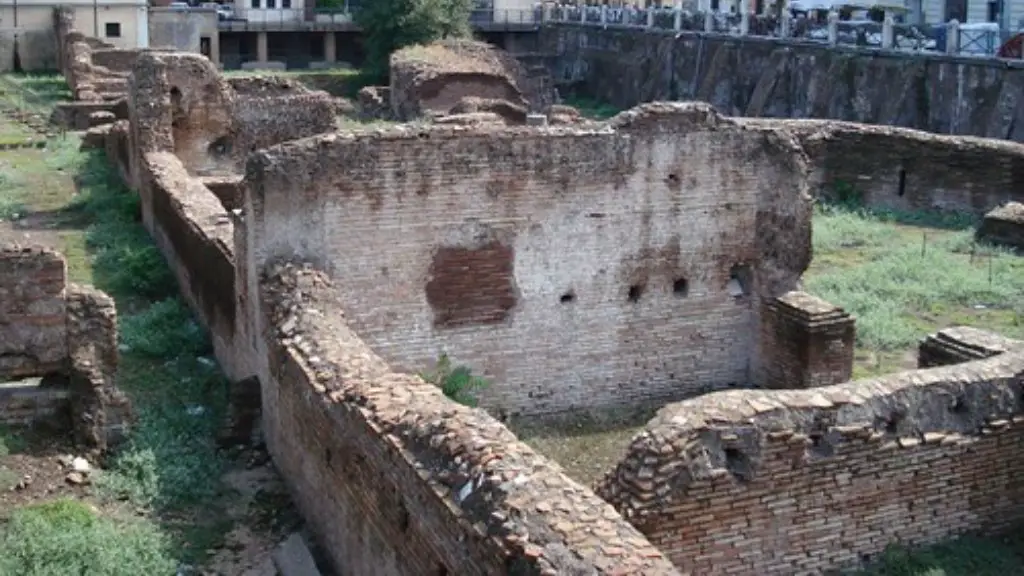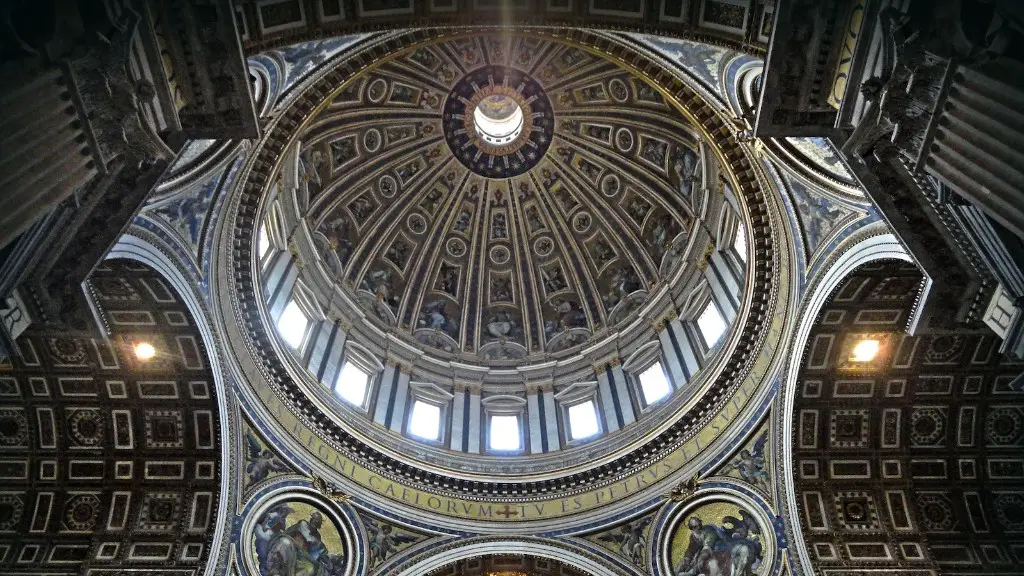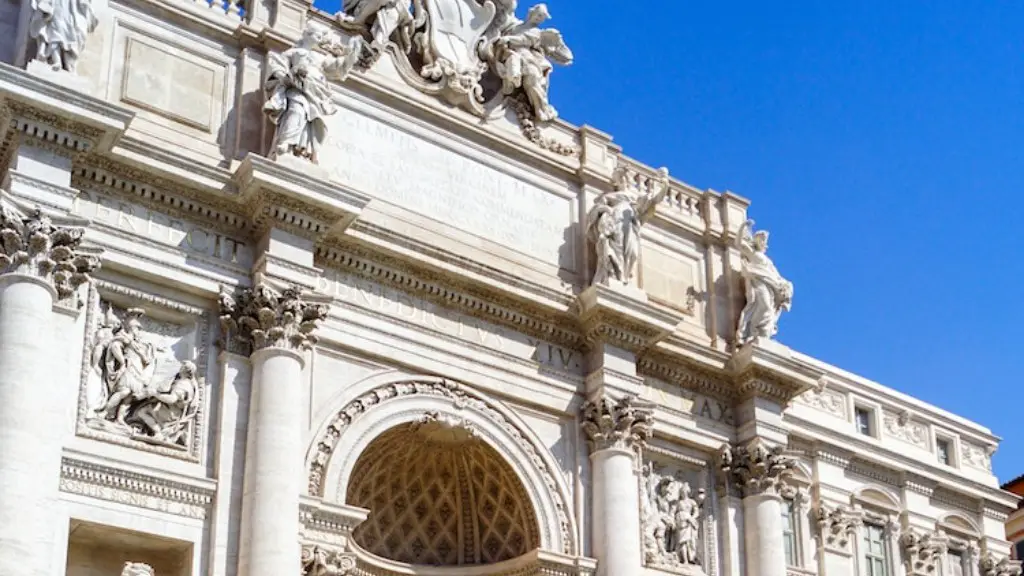The Ancient Romans are renowned for their architectural masterpieces, many of which still stand centuries later. A key feature of Romanesque and other ancient styles, which spread complex civilizations around their world, is the arch. What is the importance of arches and why did the Ancient Romans use them so frequently?
The differences between arches and flat surfaces can already be seen in Egyptian stone constructions. Arches can support more weight than a typical flat supportive surface as the arch’s curve evenly distributes the pressure across the whole structure. This means that more weight can be placed onto the arch’s keystones, which hold the curved stones in a tight pattern that can withstand seismic shocks and other pressures. As such, a Roman arch is extremely strong and stable.
The rise of the Roman Empire was facilitated by the use of arches. This allowed them to construct larger and more intricate structures. The arch enabled them to construct longer roads and wider bridges that could accommodate more people and products more efficiently. This allowed them to expand their territory much faster than if their constructions were limited to flat-supported structures.
The arch also allowed the Ancient Romans to create a greater visual impact in their constructions. Arched structures could be used to create interior spaces which allowed the Romans to create impressive public buildings. The arches could be adorned with sculptures, both within and without the building, which is why arches remain a common feature in churches and other sacred sites. This also helped the Romans to create definitive points of entry and exit to their cities, making them more easily recognisable.
The Ancient Romans were also able to construct dome-shaped structures using the arcuate method. By using this technique, they could create large interiors that could be spanned without the need for columns. This allowed them to be used for ceremonial reasons and allowed the Romans to create impressive halls that could easily be seen and visited by a large amount of people.
The arch also allowed the Ancient Romans to add decoration to their structures. This is why Ancient Roman architecture is filled with columns, arches and other decorative features. These features help to make the structures even more impressive, while also providing strength and stability.
Economic Benefits of Arches
The ability to construct greater heights, withstanding greater loads and adding decoration to constructions were just some of the economic benefits of Ancient Roman arches. Arches had the economic benefit of being easy to construct and therefore were produced faster and at a fraction of the cost when compared to the construction of flat surfaces. Arches meant that more citizens had access to greater amounts of durable infrastructure.
The wider application of arches led to the development of prefabricated arches which allowed them to be constructed more quickly, saving time and money. With the ability to construct faster and more efficiently, the Ancient Romans could now access such projects as public squares, circuses, and stadiums, as well as public baths.
Arches also made it possible for the Ancient Romans to construct barriers around their cities. This allowed them to defend their cities from both external incursions and internal riots. Arches provided the Ancient Romans the ability to construct gates, walls, and towers that would remain standing for centuries.
Legacy of Ancient Roman Arches
Ancient Roman arches served countless purposes and helped the Roman Empire to become one of the most powerful civilizations during its time. The use of arches also spread to other parts of the world, including India and China. Arches remain an integral part of many architectural styles around the world, and can be seen in Gothic, Romanesque and other styles.
The Ancient Romans also made architectural advancements which enabled the application of arches in residential buildings. Arches and vaulted ceilings were used to increase the overall stability of the structure and to enable the construction of taller buildings. This helped the Ancient Romans to grow their cities vertically instead of horizontally.
The use of arches played a huge part in the history of Ancient Rome and has left a lasting impression across the world. They allowed the Ancient Romans to create strong and stable structures with remarkable visual impact, increasing construction possibilities and furthering the development of the Roman Empire.
Scientific Significance of Ancient Roman Arches
The science of curved, arched structures has become increasingly important in modern construction. Arches are able to redistribute weight in different directions which has enabled the construction of more advanced and larger structures. This has resulted in much of the modern infrastructure that we now take for granted being thanks to the discoveries made by Ancient Romans.
Modern scientists have also studied the construction methods used by Ancient Romans to better understand the physics behind arches. This includes the study of the physics behind the applied force, the distribution of weight and the method of construction. This research has enabled engineers to better understand the characteristics of arches and apply this to modern concepts, such as the curved roof buildings.
Arches have been used to create the foundation for many modern cities, allowing for the construction of structures that were previously impossible. This could be seen in the development of skyscrapers, bridges and tunnels which were not possible prior to modern advances in construction techniques and scientific understanding.
Arches in Modern Construction Today
Arches are still employed today in a variety of applications. They can be seen in bridges, homes, churches and in other defensive buildings.
Modern construction is also utilizing arches in a variety of ways. They are used to create curved walls and buildings which not only have an aesthetically pleasing appearance, but also provide much greater strength and stability than flat surfaces. Arches are being used to create more efficient and cost effective ways to construct homes and buildings.
The use of arches can also be seen in the construction of tunnels, bridges and other large infrastructure projects. Arches are versatile and can provide greater strength, stability and flexibility in the construction of large scale projects. Arches have been found to have the added benefit of offering soundproofing capability when used to create walls, making them a great option for businesses and homes situated in noisy areas.
The use of arches is a testament to the ingenuity of Ancient Romans and their desire to push the limits of construction. Arches allow for greater stability, strength and flexibility in construction projects, making them an integral part of many styles of architecture. Despite the many advances in construction in the millennia since their invention, arches remain a defining feature in the construction of many modern buildings.




